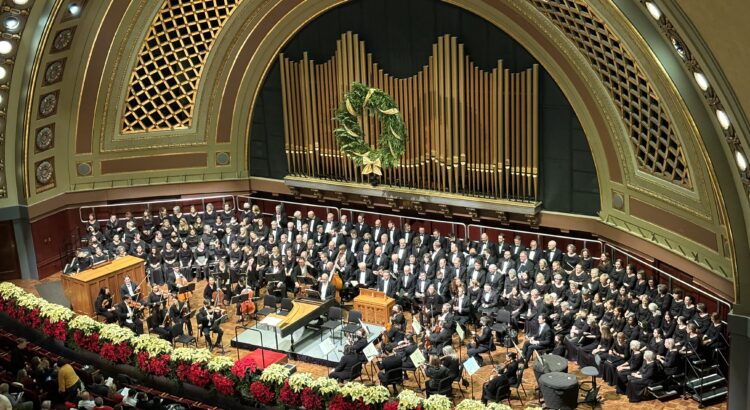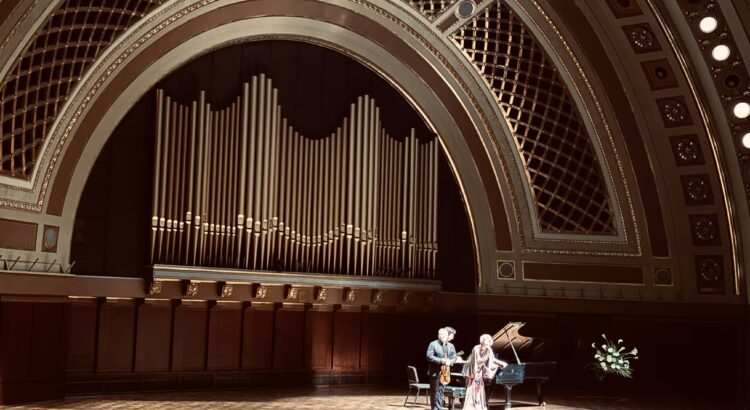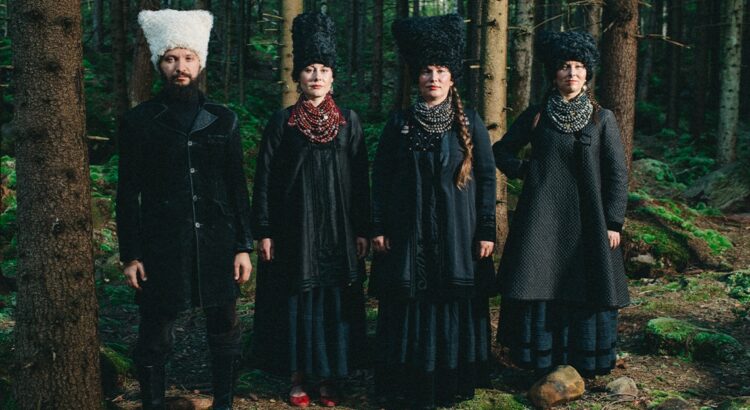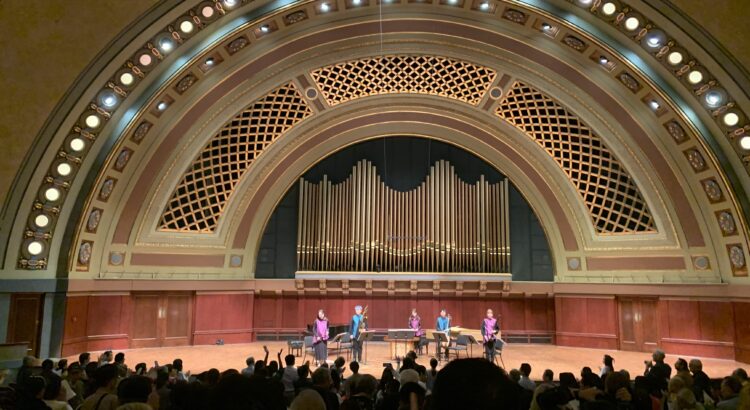On Tuesday, December 5th, the University Symphony Orchestra played one of my favorite classical works of all time: Symphony No. 5, op. 47, D Minor (1937) by Dmitri Shostakovich. It’s an eerily beautiful, somber, yet exciting piece. I played this in high school, so it was interesting to be on the other side and listen to the interpretation of another conductor: Kenneth Kiesler.
The orchestra started very slow in the beginning, almost lethargic, which surprised me. It’s usually played quicker to emphasize how striking the opening notes are, but I feel like this version brought out the first violin’s melody much better as it gradually crawls into higher pitches. Once the tempo picked up, however, there was a sense of anxiety and tension in the music that is often present in Shostakovich’s other compositions. The contrast between the pianissimo and fortissimo sections created a similar effect that made everything much more dramatic and catching.
My favorite movement is the third movement, the Largo. It features a lot of wind solos that are all variations of a bittersweet melody, but the different instruments all create new textures. This same theme transfers to the strings that play much more dramatically loud and fast in comparison. The constant flip-flopping between solos and soli (when a section has a solo together) is so good at creating different expressions of anger and sadness. I especially like the harp and harpsichord’s arpeggios at the end of the movement right before the orchestra as a whole comes to a stop.
Afterward, the fourth movement, the Allegro non-Troppo, begins fierce with trills and loud beats of the timpani. This movement seemed much more symphonic to me than the others because of how much more interwoven the parts are and how the notes build off and layer amongst sections. This is especially the case once the key transitions from minor to major chords, which is what composers often do to end on a triumphant note.
I’m always looking for more opportunities to listen to my favorite pieces. I’m so happy I got to hear this symphony live again, and the USO gave an amazing performance of it.







